How did the periodic table of elements periodic
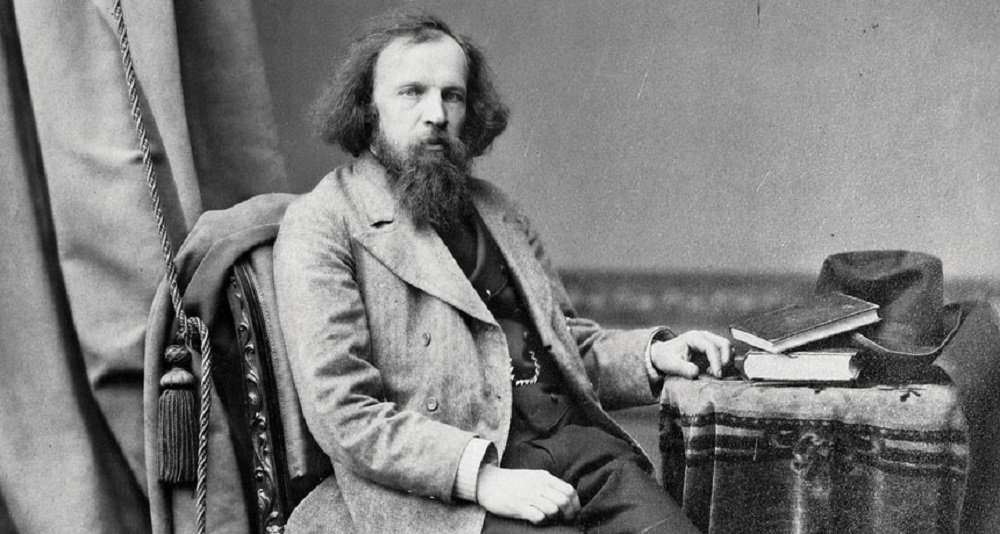 Source:
Source:Every field of science is your favorite anniversary. Physicists it's "Principles" Newton's book of 1687, which introduced the laws of motion and gravity. Biologists celebrate Darwin's "Origin of species" (1859) and his birthday (1809). Astronomers say 1543, because that's when Copernicus put the Sun in the center of the Solar system. With regard to chemistry, no reason for celebration does not trump the appearance of the periodic table of elements, created 150 years ago in March, the Russian chemist Dmitry Ivanovich Mendeleyev.
The periodic table has become as familiar to students of chemistry as calculators are for accountants. It contains all the science in a little more than hundreds of squares containing symbols, and numbers. It lists the elements that make up all earthly substances are grouped so that it was possible to identify patterns in their properties, define the purpose of chemical research both in theory and in practice.
The Periodic table is, unquestionably, the most important concept in chemistry.
The periodic table looked like a special table, but he wanted it to reflect the profound scientific truth which he had discovered: the periodic law. His law revealed a deep family relationships between the known chemical elements, they exhibit similar properties at regular intervals (or periods), if we arrange them in order of atomic weight and allowed Mendeleev to predict the existence of elements that had not yet been discovered.
"Before the publication of this law of chemical elements were just fragmentary, incidental facts in Nature," said Mendeleev. "The law of periodicity first allowed us to see undiscovered elements at a distance which were previously inaccessible to chemical vision."
Table of Mendeleev predicted the existence of new elements. She confirmed the then controversial belief in the reality of atoms. She hinted at the existence of subatomic structure and foresaw the mathematical apparatus underlying the rules governing the matter, which ultimately manifested itself in the quantum theory. His table completed the transformation of chemistry from the medieval magical mysticism of alchemy to modern scientific rigor. Periodic table symbolizes not only the components of the substance, how many logical harmony and fundamental rationality of science as a whole.
How to create a periodic table
Legend has it that Mendeleev planned and created your spreadsheet in a single day: February 17, 1869 the Russian calendar (for the most part of the world is 1 March). But this is most likely an exaggeration. Mendeleev thought about grouping elements for years, and other chemists repeatedly considered the notion of links between elements in the previous decade.
Actually, German scientist Johann Wolfgang Dobereiner noticed the peculiarities of the grouping of elements in 1817. In those days, chemists are not yet fully understood the nature of atoms described by the atomic theory John Dalton in 1808. In his "new system of chemical philosophy," Dalton explained chemical reactions, assuming that each elementary substance consists of an atom of a particular type.
Dalton assumed that chemical reactions produce new substances when disconnected or connected. He believed that any element consists entirely of one type of atom that is different from other weight. Oxygen atoms weigh eight times more than the hydrogen atoms. Dalton believed that atoms of carbon is six times heavier than hydrogen. When elements are combined to create new substances, the amount of reactants can be calculated based on these atomic weights.
Dalton was wrong about some mass in reality oxygen is 16 times heavier than hydrogen and carbon is 12 times heavier than hydrogen. But his theory made the idea of atoms is useful, inspiring a revolution in chemistry. Accurate measurement of atomic masses has become a major issue of chemists for decades.
Reflecting on these scales, Dobereiner noted that certain sets of three elements (he called them triads) show an interesting connection. Bromine, for example, had an atomic weight somewhere between the masses of chlorine and iodine, and all these three elements showed similar chemical behavior. Lithium, sodium and potassium were also a triad.
Other chemists have noticed between the atomic weights and chemical properties, but only in the 1860-ies of the atomic mass of steel is fairly well understood and measured, to develop a deeper understanding. English chemist John Newlands noticed that the arrangement of the known elements in order of increasing atomic mass led to the repetition of chemical properties every eighth element. This model he called the "law of octaves" in article 1865. But the model of Newlands not very well kept after the first two octaves that made critics ask him to arrange the elements in alphabetical order. And as soon realized Mendeleev, the properties of elements and atomic masses were a bit more complex.
theOrganization
Mendeleyev was born in Tobolsk, Siberia in 1834 and was the seventeenth child of his parents. He lived a bright life, pursuing different interests and traveling on the road to outstanding people. While obtaining higher education at the pedagogical Institute in St. Petersburg, he almost died from a serious illness. After graduating he taught in secondary schools (it had to receive a salary at the Institute), simultaneouslystudying math and science to receive a master's degree.
Then he worked as a teacher and lecturer (and wrote scientific papers), have not yet received a scholarship for the advanced round of studies in the best chemical laboratories in Europe.
After Returning to St. Petersburg, he found himself without a job, so I wrote for organic chemistry in the hope of winning a big cash prize. In 1862, it brought him the Demidov prize. He also worked as editor, translator and consultant in various chemical fields. In 1865 he returned to his studies, got a PhD and became a Professor of St. Petersburg University.
Shortly thereafter, Mendeleev began to teach inorganic chemistry. Ready to learn this new (for him) field, he remained dissatisfied with available textbooks. So I decided to write my own. Organization required organization elements, therefore the question of the best location was constantly on his mind.
By the beginning of 1869, Mendeleev made enough progress to understand that some groups of such elements showed a regular increase in the atomic mass; the other elements with approximately the same atomic mass have similar properties. It turned out that the ordering of the elements according to their atomic weight was the key to their classification.
In his own words Mendeleev, he structured their thinking by writing each of the 63 then known elements on a separate card. Then, through a kind of game of chemical solitaire, he found a pattern that I was looking for. Positioning the cards in vertical columns with the atomic masses from the lower to the higher, he placed elements with similar properties in each horizontal row. Mendeleev's periodic table was born. He sketched out the draft version March 1, sent it in print and included in your textbook that would soon be published. He also quickly prepared the work for presentation to the Russian chemical society.
"the Items ordered by the size of their atomic mass, show clear periodic properties", Mendeleev wrote in his work. "All the comparisons I conducted, led me to the conclusion that the size of the atomic weight determines the nature of the elements."
Meanwhile, German chemist Lothar Meyer was also working on the organization of the elements. He prepared a table similar to Mendeleev, perhaps even before Mendeleyev. But Mendeleev published his first.
However, much more important than victory over Meyer, was how Mendeleev used his table to make bold predictions about undiscovered elements. In preparing your table, Mendeleev noticed that some cards were missing. He had to leave empty space below the known elements could be aligned correctly. During his lifetime three empty spaces were filled with previously unknown elements: gallium, scandium and germanium.
Mendeleev not only predicted the existence of these elements, but also correctly described their properties in detail. Gallium, for example, opened in 1875, had an atomic mass of 69.9 and a density six times greater than water. Mendeleev predicted this element (he called it akhalubani), only the density and atomic weight 68. His predictions for icecreme closely match Germany (opened in 1886) atomic mass (72 predicted 72,3 actually) and density. He also correctly predicted density of germanium compounds with oxygen and chlorine.
The periodic table was prophetic. It seemed that at the end of this game this pasian of the elements will reveal the secrets of the Universe. He Mendeleev was a master in using their same table.
The Successful prediction of Mendeleev brought him legendary status master of chemical magic. But today, historians argue about whether the consolidated discovery of the predicted elements making it the periodic law. The adoption of the law could be more to do with his ability to explain established chemical bond. In any case, the predictive accuracy of Mendeleev, of course, drew attention to the advantages of his table.
By the 1890s the years chemists have widely recognized the law as a milestone in chemical knowledge. In 1900 year, the future Nobel laureate in chemistry William Ramsay has called it "the greatest synthesis that has ever taken place in chemistry." Mendeleev did this, he did not understand how.
theMathematical map
In many cases in the history of science great predictions based on new equations have been right. Somehow the math reveals some natural secrets, before experimentalists found them. One example is antimatter, the other is the expansion of the Universe. In the case of Mendeleyev, prediction of new elements arose without some sort of creative mathematics. But in fact, Mendeleev discovered the deep mathematical nature of the map, because the table reflects the value of quantum mechanics, the mathematical rules governing nuclear architecture.
In his book, Mendeleev noted that "internal differences of matter, whichthe atoms", may be responsible for periodically repeating properties of elements. But he has not adhered to this line of thinking. In fact, for many years he reflected on the importance of nuclear theory for its table.
But others were able to read the internal message table. In 1888 the German chemist Johannes Wisliceny announced that the periodicity of properties of elements, organized by mass, indicates that the atomsconsists of regular groups of smaller particles. Thus, in some sense, the periodic table is really anticipated (and provided proof) complex internal structure of atoms, while nobody had the slightest idea about how really looked like the atom, or whether he had any internal structure at all.
By the time of the death of Mendeleev in 1907, scientists knew that atoms are divided into parts: the electrons, carrying negative electric charge, plus some positively charged component, making the atoms electrically neutral. The key to how these parts line up was the opening in 1911, when the physicist Ernest Rutherford, working at Manchester University in England, discovered the atomic nucleus. Soon after Henry Moseley, who worked with Rutherford, showed that the amount of positive charge in the nucleus (number of protons it contains, or its "atomic number") defines the correct order of the elements in the periodic table.
The Atomic weight has been closely linked with atomic number Moseley — quite closely to the ordering of the elements by mass only in a few places different from the ordering number. Mendeleev insisted that the masses were incorrect and needed re-measuring, and in some cases he was right. There were some discrepancies, but the atomic number Moseley's perfectly formed to the table.
Around the same time, the Danish physicist Niels Bohr realized that quantum theory specifies the location of electrons surrounding the nucleus, and that the most distant electrons determine the chemical properties of the element.
A Similar arrangement of the outer electrons would be periodically repeated, explaining the patterns that were initially identified on the periodic table. Bohr created his own version of the table in 1922, based on experimental measurements of the energies of the electrons (along with some help from the periodic law).
Table Bor added elements, open since 1869, but it was the same periodical order, open by Mendeleev. Not having the slightest idea about quantum theory, Mendeleev created a table showing the nuclear architecture, which is dictated by quantum physics.
Table Bor was neither the first nor the last version of the original design elements. Hundreds of versions of the periodic table has since been developed and published. Modern form — horizontal design unlike the original vertical version of Mendeleev became widely popular only after the Second world war, largely through the work of American chemist Glenn Seaborg.
Seaborg and his colleagues created several new synthetic elements with atomic numbers after the uranium, the last natural element in the table. Seaborg saw that these elements, transuranic (plus three elements preceding uranium), demanded a new row in the table which is not anticipated Mendeleev. Table Seaborg added a line for those elements under similar adjacent rare earth elements, which do not have the space in the table.
The Contribution of Seaborg in chemistry brought him the honour to name your own element — cyborgy number 106. This is one of several elements named after famous scientists. And in this list, of course, there is the element 101, outdoor Seaborg and his colleagues in 1955 and named mendelevium — in honor of the chemist, who before all others, has earned a place in the periodic table.
Come on , if you want more stories like this.
Recommended
What will be the shelter for the first Martian colonists?
Mars is not the friendliest planet for humans While the Red Planet is roaming rovers, researchers are pondering the construction of shelters and materials needed by future Martian colonists. The authors of the new paper suggest that we could use one ...
New proof of string theory discovered
Just a few years ago, it seemed that string theory was the new theory of everything. But today the string universe raises more questions than answers String theory is designed to combine all our knowledge of the Universe and explain it. When she appe...
What is the four-dimensional space?
Modeling camera motion in four-dimensional space. View the world in different dimensions changes the way we perceive everything around, including time and space. Think about the difference between two dimensions and three dimensions is easy, but what...
Related News
Underground microbes has almost reached immortality
last month, the Deep Carbon Observatory announced the astounding fact: the mass of microbes living beneath the Earth's surface, is from 15 to 23 billion tons of carbon, about 245-385 times the mass of carbon of all people. It is a...
The dream of physicists: what colliders would be much cooler than the Large hadron?
If the physics of elementary particles get their way, new accelerators will be able one day to thoroughly explore the curious sub-atomic particle in physics — the Higgs boson. Six years after the discovery of this particle at the ...
A scientist accidentally found the oldest version of the periodic table
Sometimes you can discover truly amazing and incredibly valuable things, conducting a General cleaning of the room, is where the most cleaning is never really done. Don't believe? Just ask the doctor of chemistry Alan Aitken of St...
CERN wants to build the biggest and coolest Collider particles in the Universe
actually, I deliberately made a mistake in the title. Colliders — quite a natural phenomenon that often occurs in our Universe. face split in stars and black holes at energies that are even difficult to imagine. However, the pride...
Scientists: nuclear power is the only salvation from climate catastrophe
to reduce emissions of greenhouse gases and save the planet from global warming, many countries are trying to switch to renewable energy sources. To do this, they build solar and wind farms that take up huge area of land. Scientis...
The Nobel laureate lost premiums due to racist remarks
In 1962, American biologist James Watson won the Nobel prize in physiology or medicine for the discovery of the structure of the molecule . In my entire career of 90-year-old scientist had to give a lot of scandalous interviews in...
Scientists have learned to look for the bacteria generating electricity
Some bacteria can generate electrical energy, and scientists intend to use them as an unusual property for electrochemical devices, fuel and wastewater treatment. As a rule, unusual bacteria exist in environments with low oxygen c...
The satellites captured the storm that lifts a 17-foot waves in the Pacific ocean
In the Pacific ocean, the raging storm, which despite its huge size, has no name. It is clearly visible from the orbit of the Earth — shocking picture was captured not one, but two meteorological satellites from different countrie...
SpaceX will dismiss 10% of its employees to focus on what's important
Aerospace company private space transportation that will take us one day to Mars, reduces 10% of the workforce, almost immediately after the first successful rocket launch for a satellite operator Iridium. The news, first publishe...
For all time, scientists have deciphered at least 1% of the data of the Large Hadron Collider
the Large Hadron Collider — is one of the most amazing inventions of mankind, responsible for the discovery of numerous subatomic particles, including the elusive Higgs boson. And recently, new data hint at new discoveries b...
For all time, scientists have deciphered at least 1% of the data of the Large Hadron Collider
the Large Hadron Collider — is one of the most amazing inventions of mankind, responsible for the discovery of numerous subatomic particles, including the elusive Higgs boson. And recently, new data hint at new discoveries b...
The new model of the Universe explain dark energy
Researchers from Uppsala University in Sweden have proposed a new model of the Universe, capable, in their opinion, to solve the mystery of dark energy, which according to many theoretical physicists, responsible for the expansion...
Amoeba found in the solution of complex mathematical problems faster than a computer
the Amoeba — is a simple creature, we go to school on one of the first lessons of biology. Hardly anyone considers the amoeba of highly intelligent individuals, because she doesn't have a nervous system in the usual sense. H...
What to expect from science in 2019?
to Predict the future — is not easy. This is dedicated to the entire discipline. Trained forecasters rely on data to seek out trends, observing people's behavior, trying to guess what will happen next. This is especially true of s...
Scientists have achieved superconductivity at record high temperatures
from school lessons of physics we know that an electric current flowing through a conductor meets with resistance. Because of this, a lot of energy is expended for nothing, but in 1911, scientists have noticed a strange feature of...
Smallest particles. How are they fundamental?
what is at the most basic, fundamental level? Is there a smallest possible brick or set of bricks from which you can build literally everything in our Universe that cannot be divided into something smaller? To this question scienc...
Global emissions of carbon dioxide will break the record in 2018
it is Expected that global carbon emissions reached record levels in 2018, despite calls from climate scientists and international organizations such as the United Nations, to reduce. It is expected that the worldwide use of fossi...
Scientists have found a way to harness the energy of thermonuclear fusion
One of the most promising areas in the nuclear power industry is the type of rector, called a tokamak. It uses a very powerful magnetic field, which inside the special toroidal chamber (in the form of a hollow donut) is trapped by...
What happens to the brain in weightlessness?
for anybody not a secret that NASA took on an impossible task: to send humans to Mars by 2030. Why? Because it is enough to understand that a typical trip would take from three to six months, and the crew will have to stay on the ...
Astronomers have found another "twinkling" star
In the galaxy there were still a strangely twinkling star. Using a telescope in Chile, astronomers have discovered a star whose strange flickering — alternating bright and dim lights — like a star Tabby, which has long been associ...


















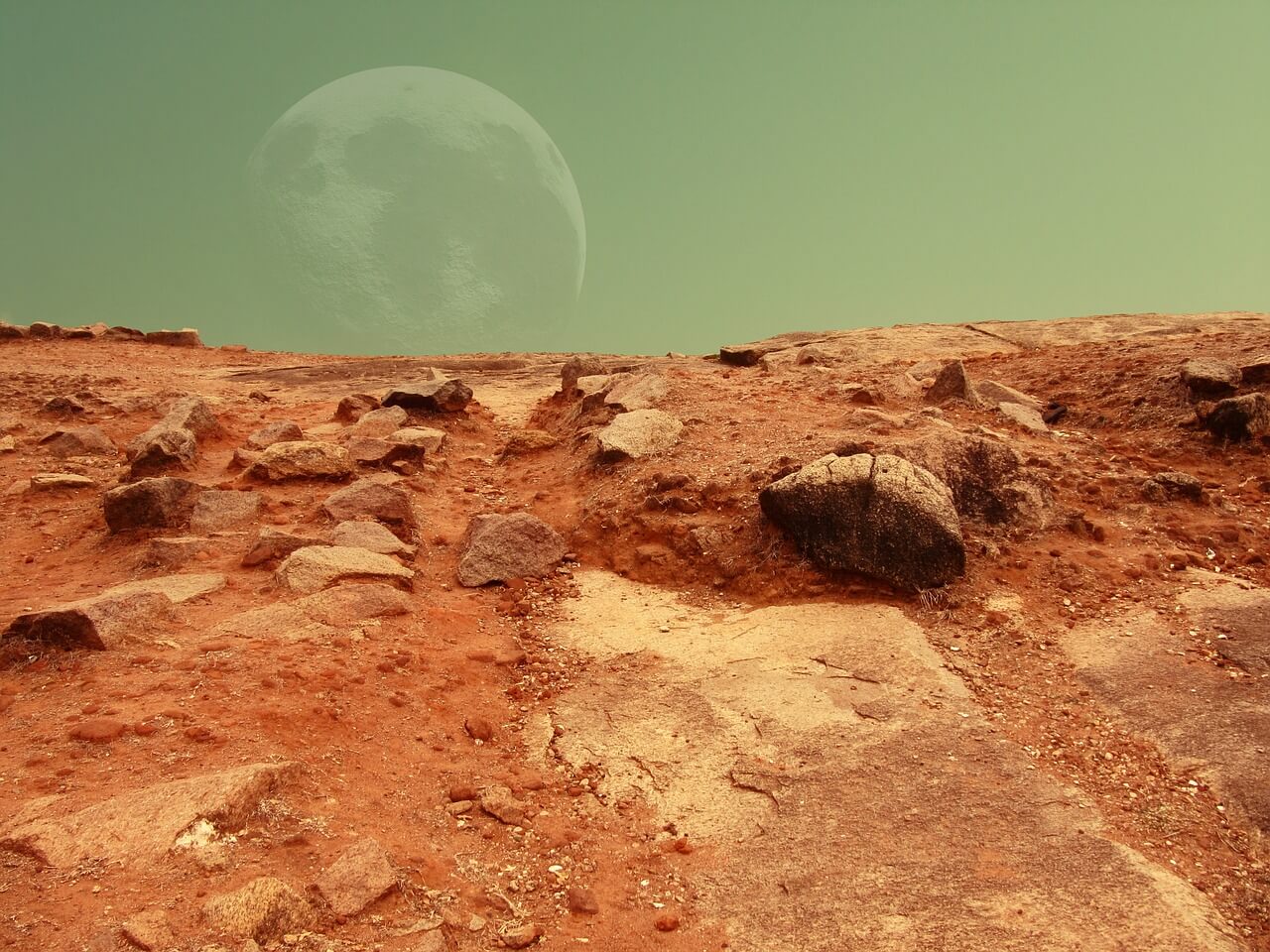
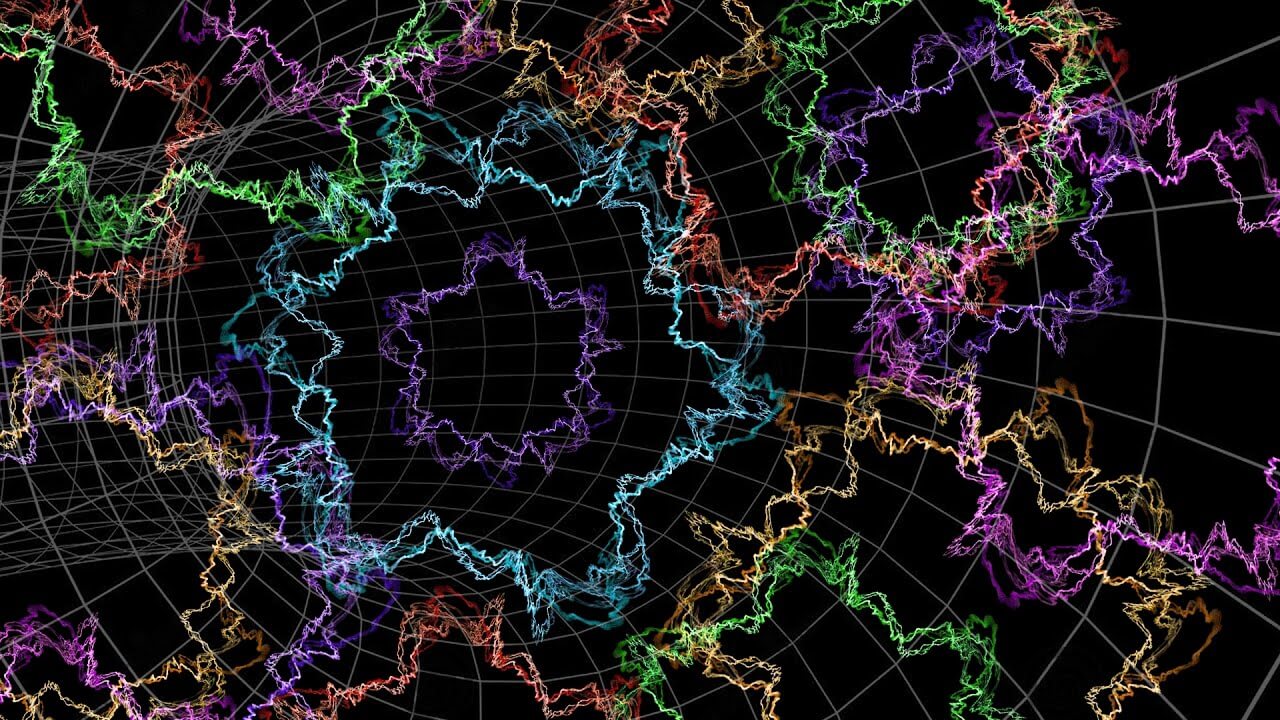
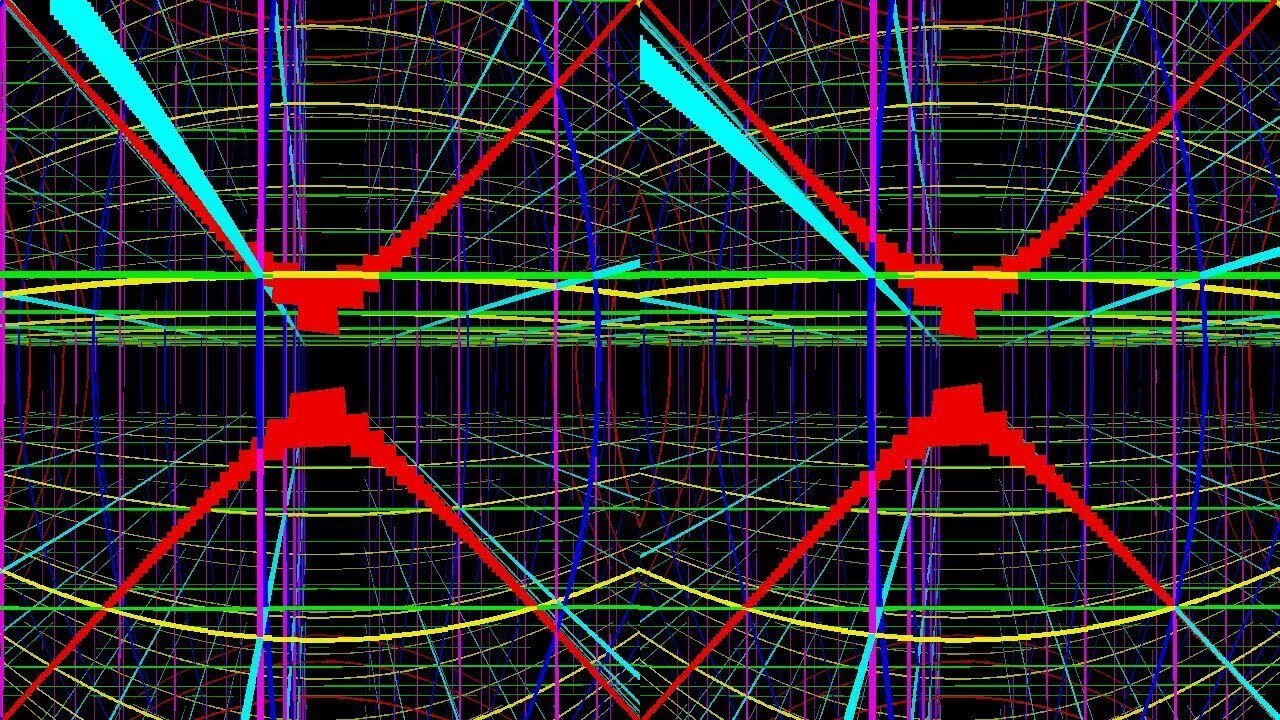


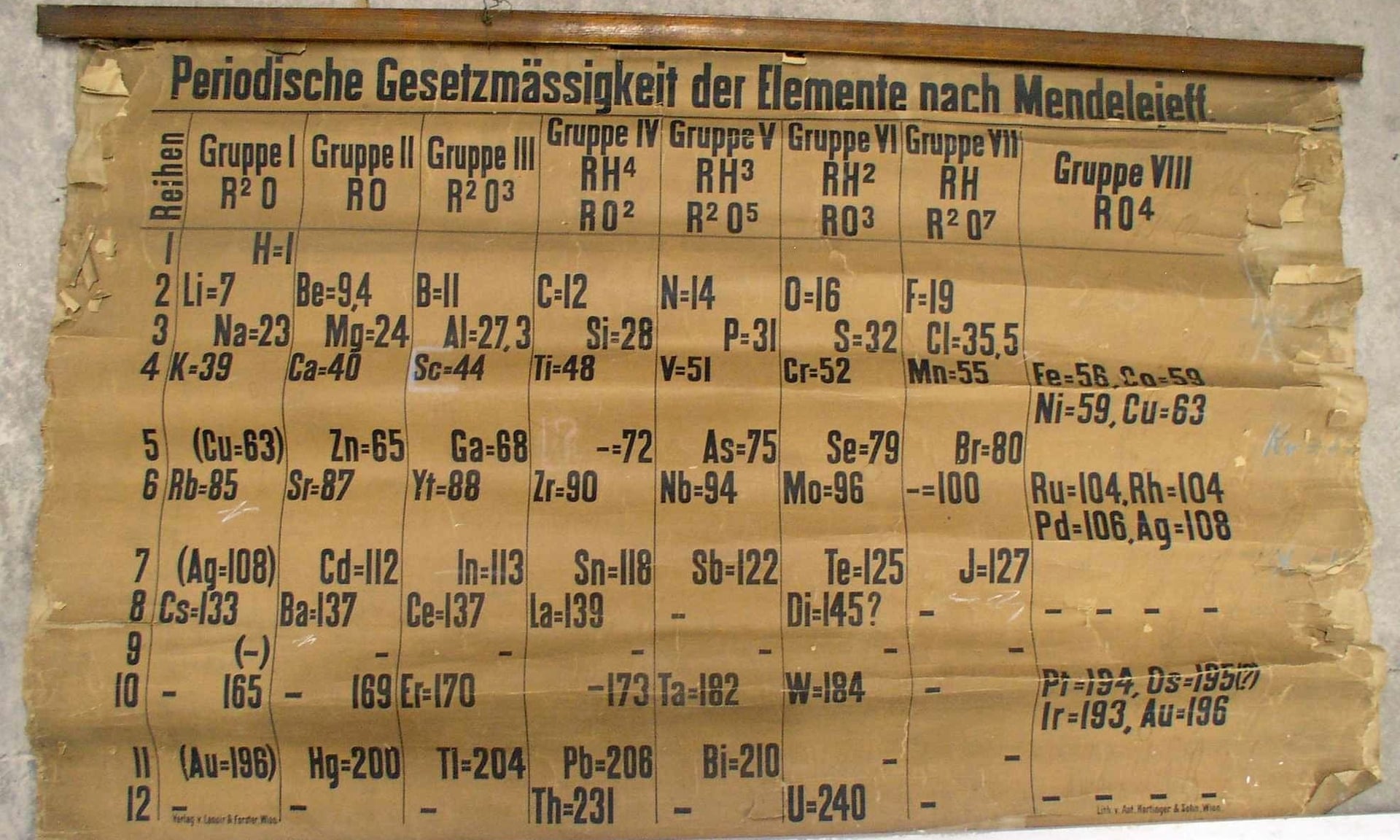
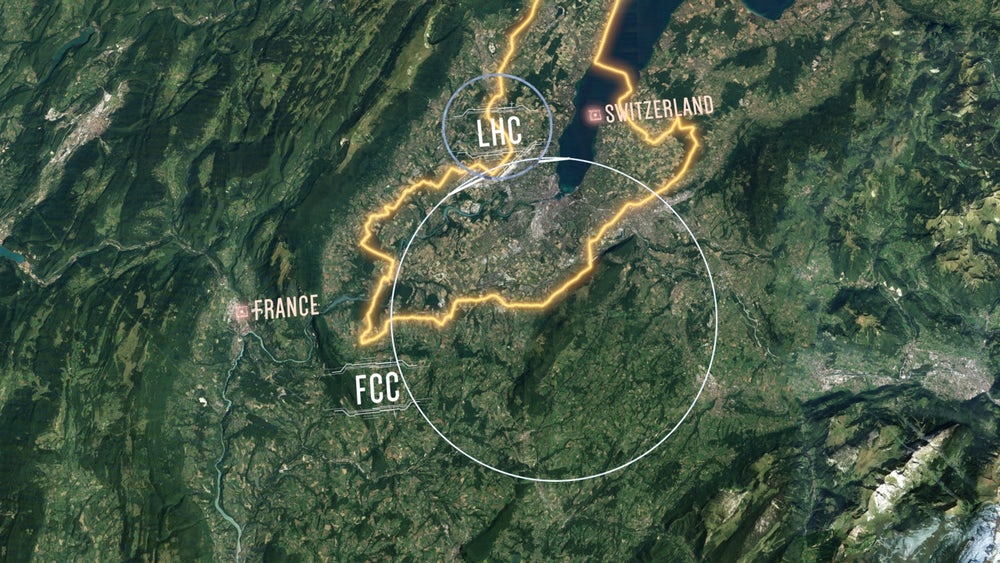

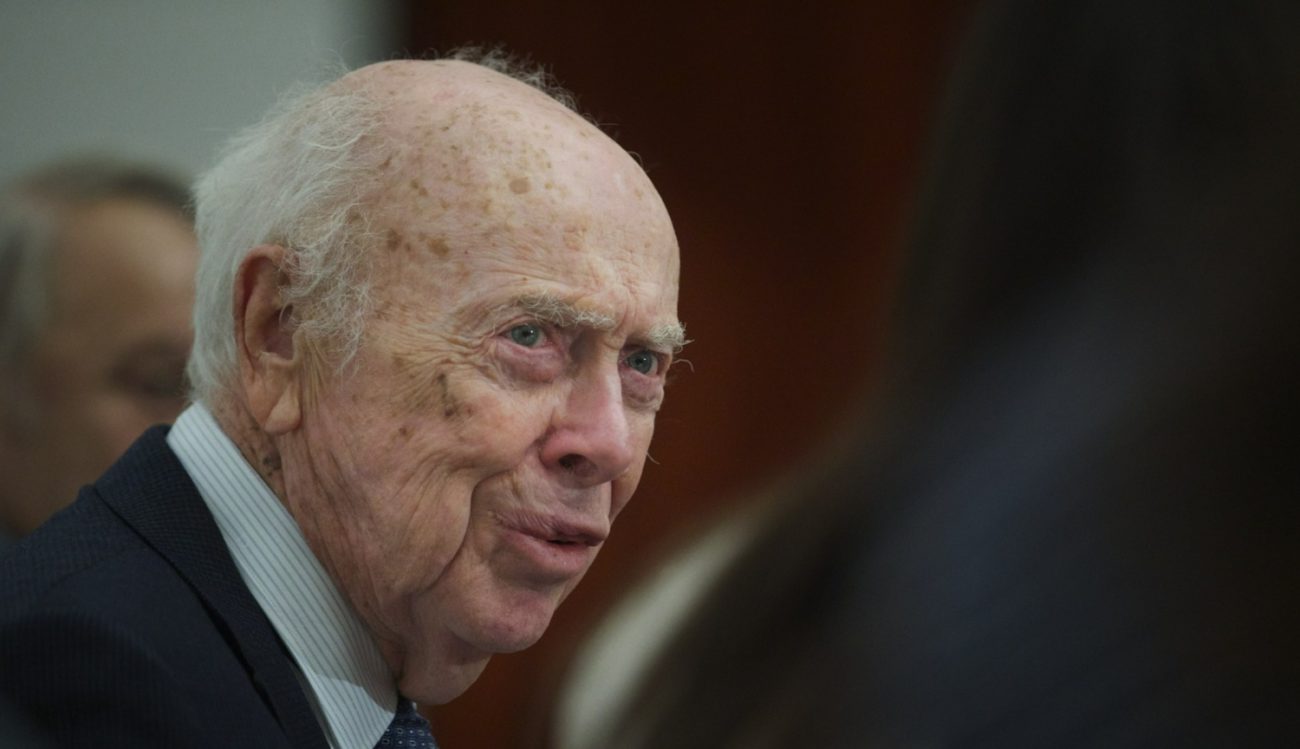
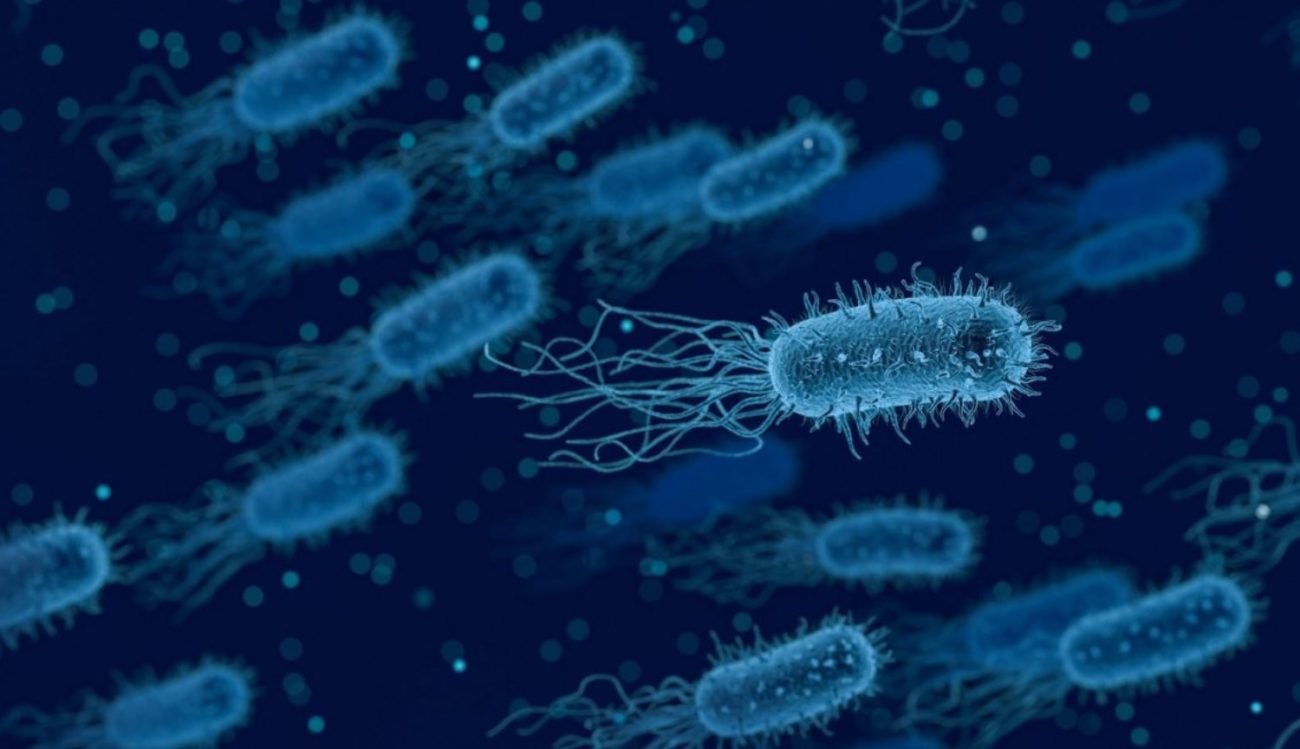




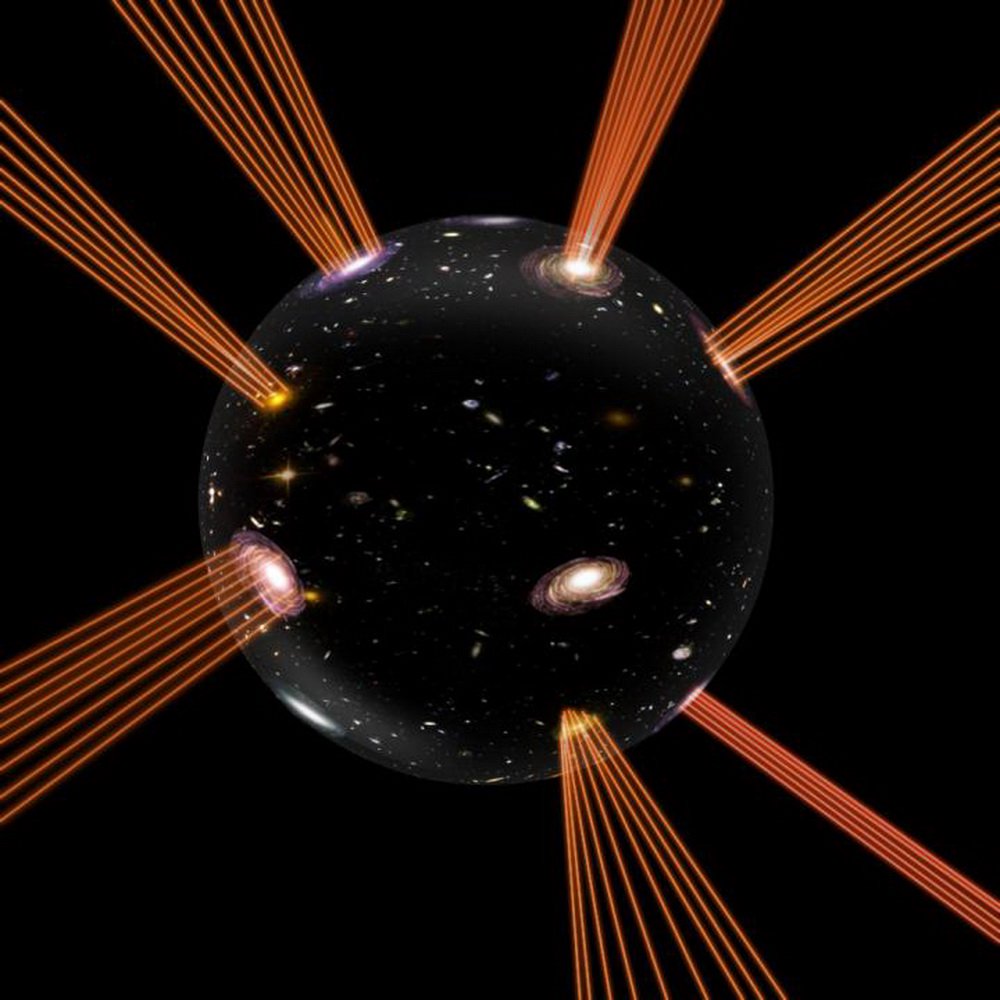
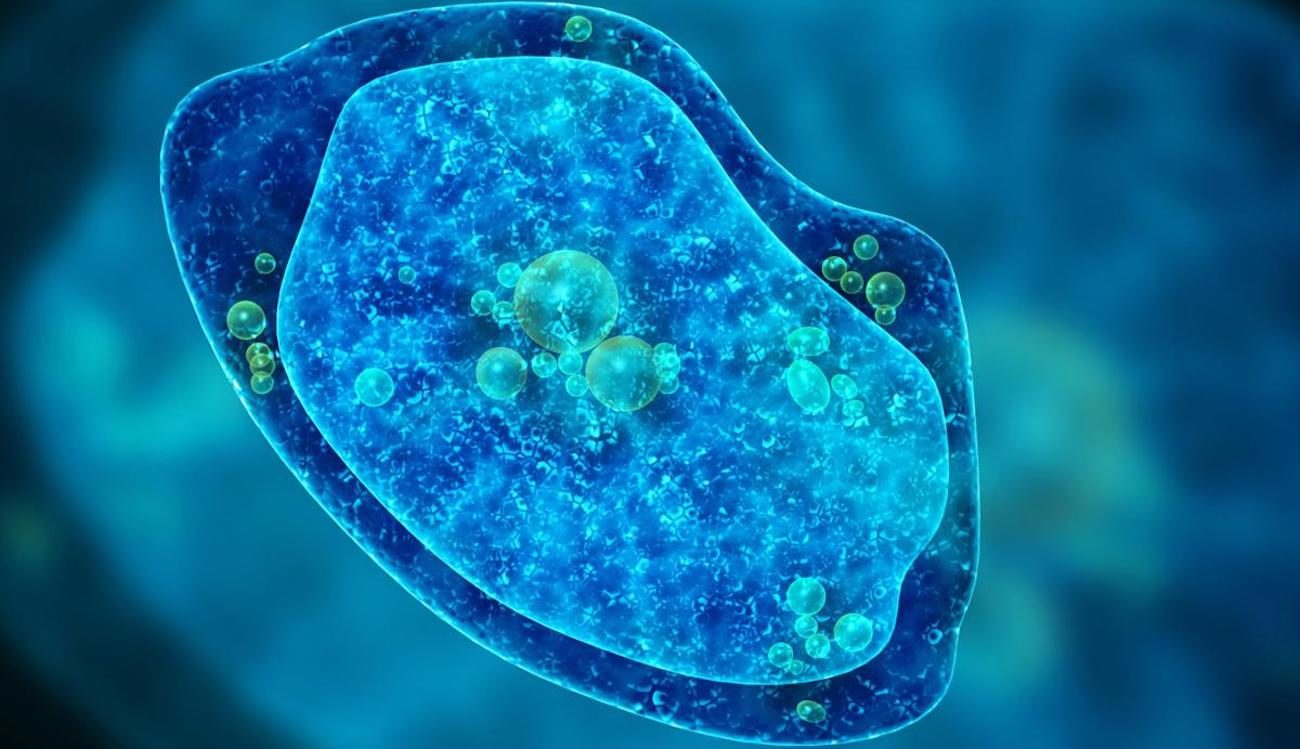
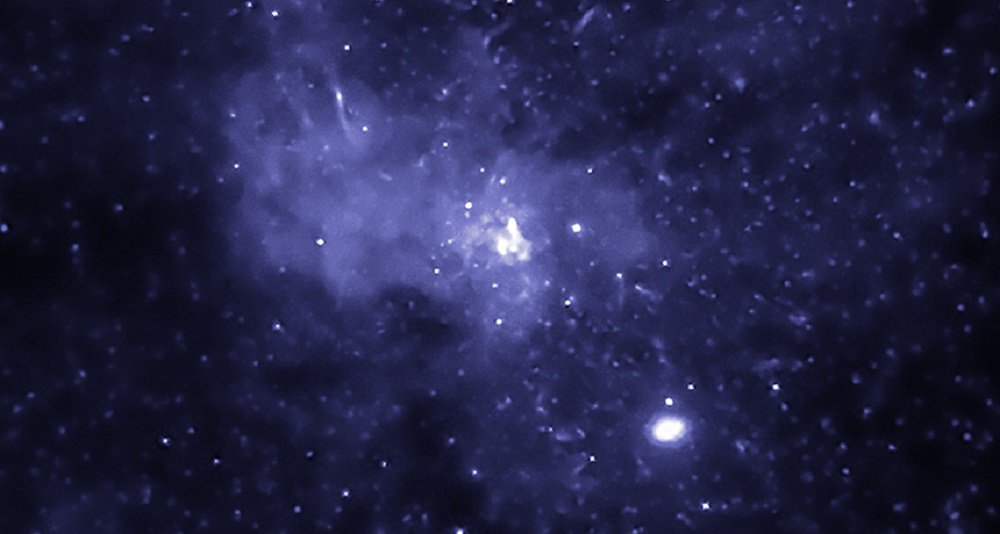



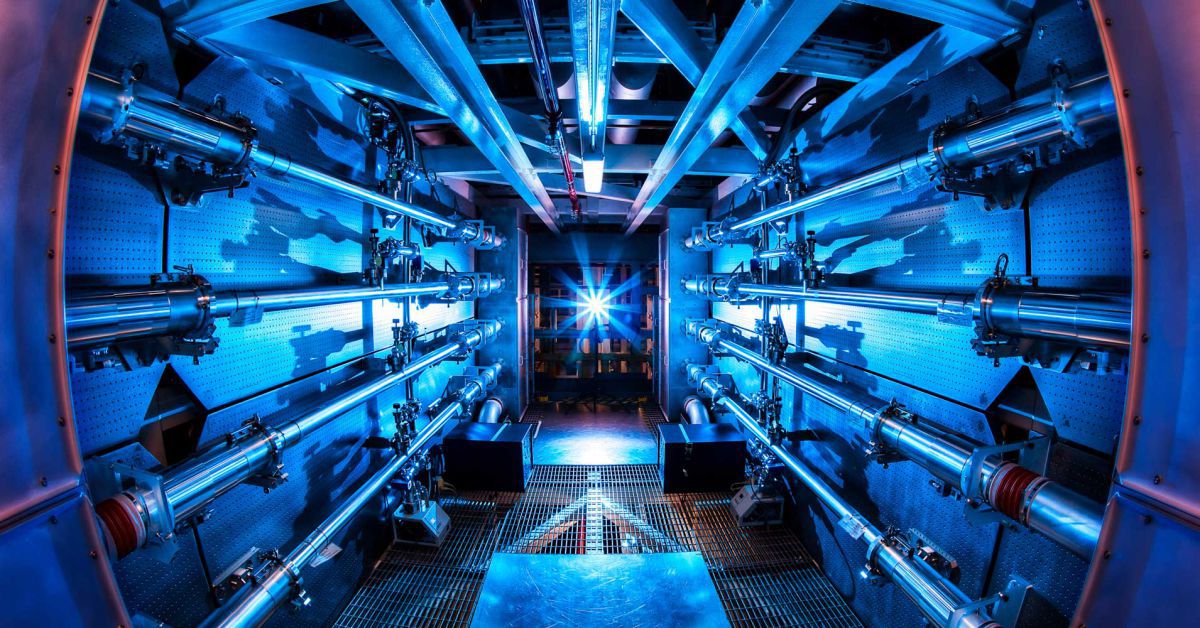
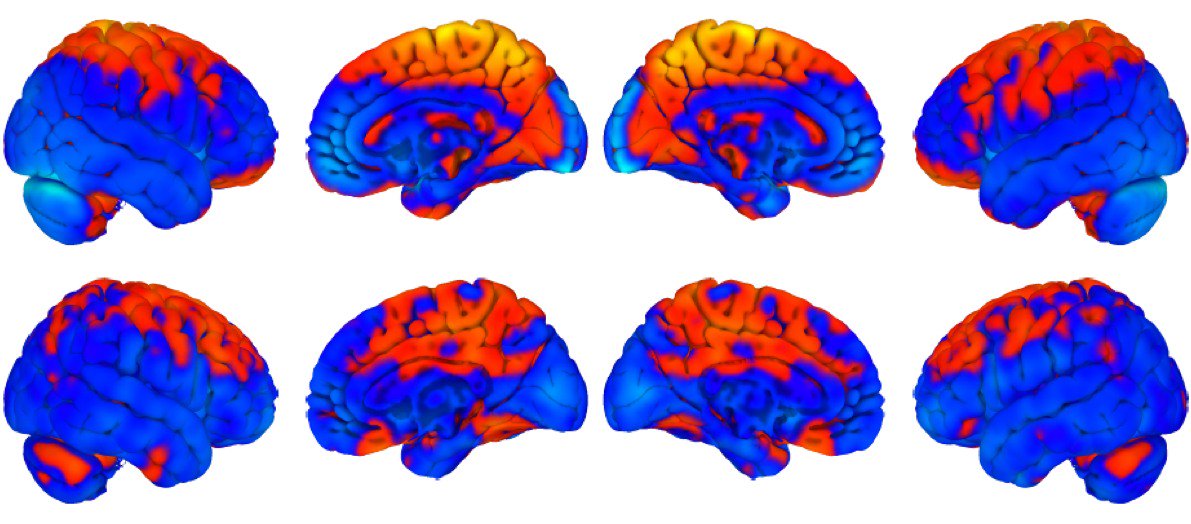
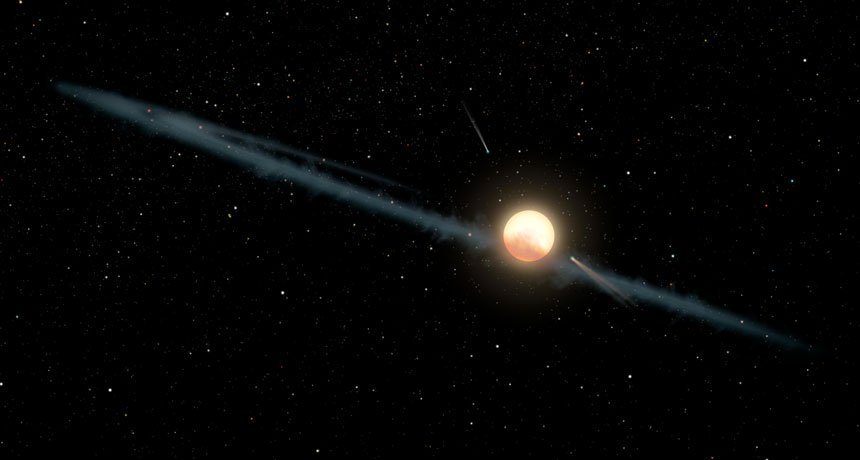
Comments (0)
This article has no comment, be the first!